




Whether it is still,sunny and warm or blustery, sunny and cold or just miserable, March is the slowest month for spring songbirds at First Landing station. Between and during net runs, however, interesting and unusual wildlife can appear--consider March 23 and 24.
The Eastern Mud Turtle (Kinosternon subrubrum subrubrum) pictured above was found inside its carapace (shell) along a dry, sandy stretch of Long Creek Trail as joggers ran past almost stepping on it. This turtle can be identified by its plastron (underside)with its two hinges and the triangular shape of its pectoral scute (plate). see also: http://www.dec.ny.gov/animals/7152.html I picked up the turtle and gave it a lift to a nearby fresh water wetland. The turtle soon emerged from its carapace and crawled off into the mud and water.
While walking in the saltmarsh above the bridge which crosses the tidal creek to White Hill Lake, I found the salamander. Before I picked it up, I thought it was an eel. Upon picking it up, I had no idea what it was, although eel was no longer on the list of possibilities. Mindy Mathenia, CVWO 2010 spring intern, and Sheila Scoville, CVWO board member, each identified the creature as a salamander. Indeed, it is!!
The Two-toed Amphiuma (Amphiuma means) was cold and inactive. Out in the open in the marsh it looked like a meal for the Great Egret which forages there daily. The pictures show the two toes on the small, vestigial limbs which characterize the species. Coastal Virginia is at the northern edge of this Amphiuma's range. see: http://people.wcsu.edu/pinout/herpetology/ameans/index.html and http://amphibiaweb.org/cgi-bin/amphib_query?query_src=aw_lists_alpha_&where-genus=Amphiuma&where-species=means The salamander was released into similar salt marsh habitat nearby the station.
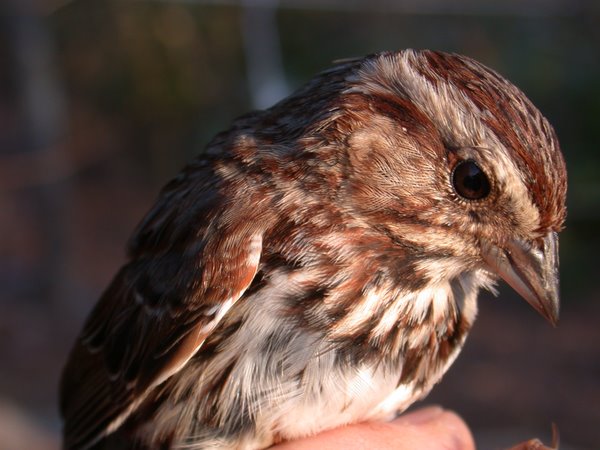
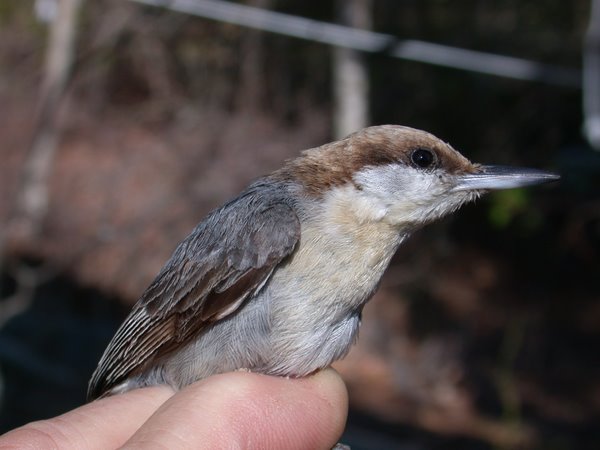
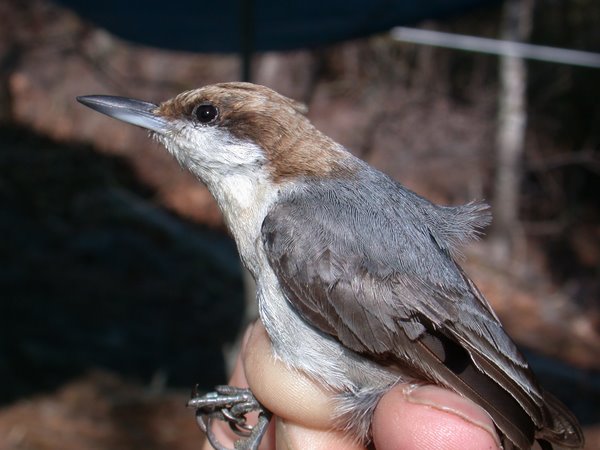
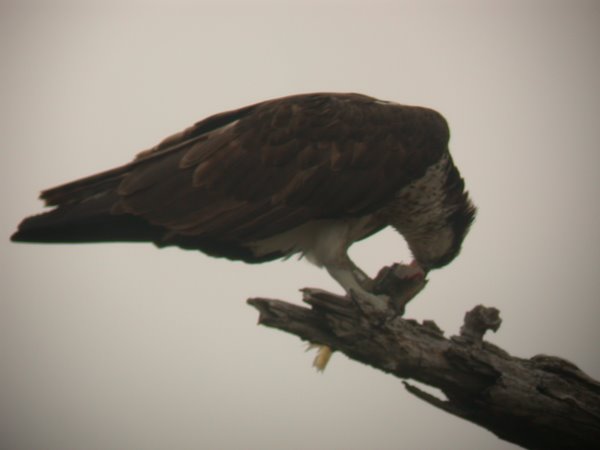


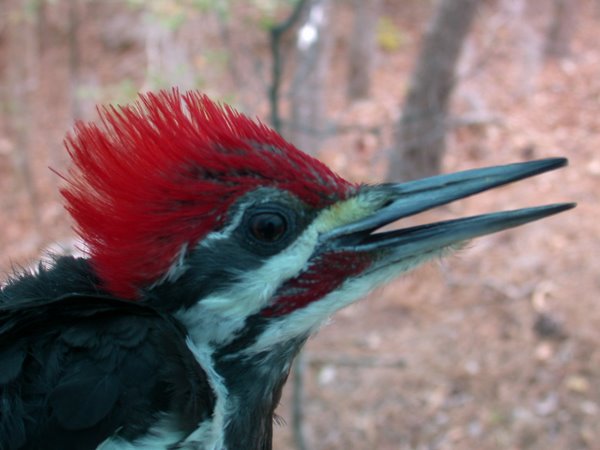
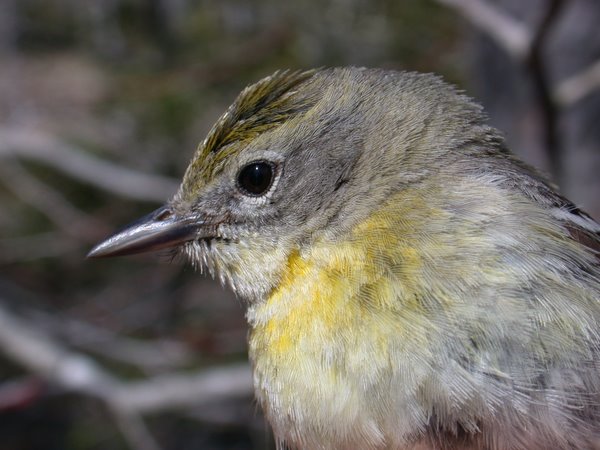
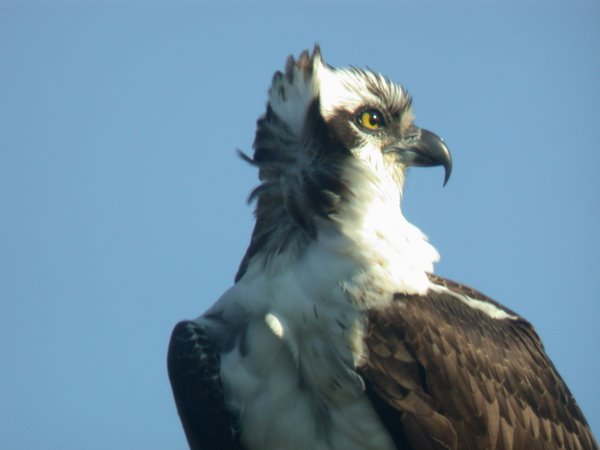
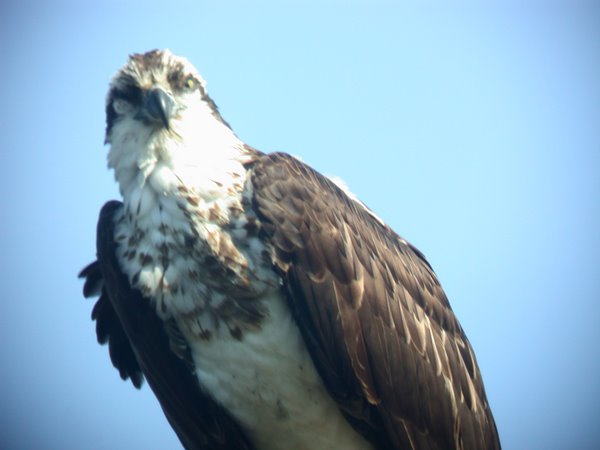
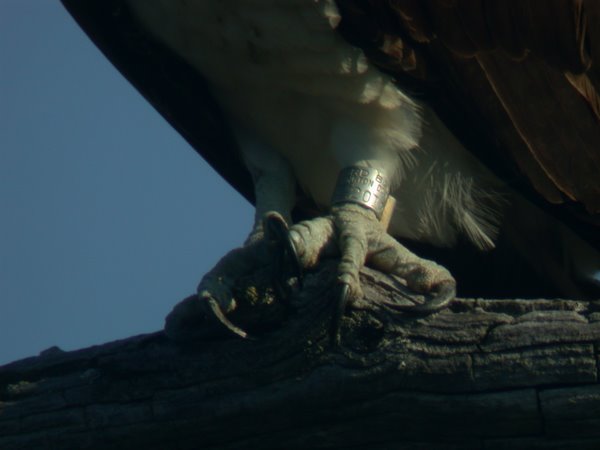
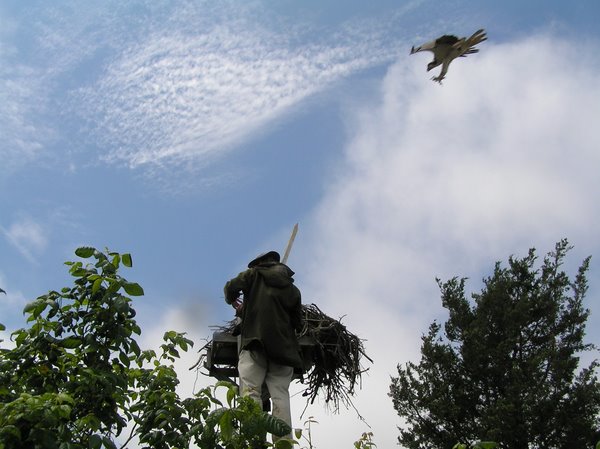

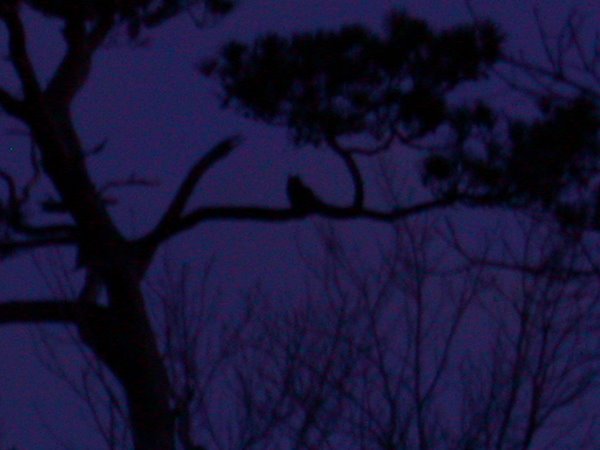



No comments:
Post a Comment